Graphic design for brands came to prominence during the late 20th century as businesses sought to stand out in a burgeoning commercial landscape. Back then, branding was often a singular endeavor, but nowadays, brand design concepts flourish in countless directions. Regardless of the strategy, graphic design for brands aims to encapsulate the essence of a company and captivate audiences through compelling visuals. Initially perceived as a rigid and corporate task, in truth, it's an innovative and engaging process--and it's more vital now than ever. Enhance your brand's presence with the following graphic design ideas and craft a unique visual identity.
Brand identity design
Brand identity design is a multifaceted process that involves crafting a comprehensive visual language that not only represents but also resonates with the core values and ethos of a brand. A successful brand identity encompasses a harmonious combination of logos, typography, color palettes, and imagery designed strategically to invoke specific emotions and associations in the target audience. Designers meticulously research and analyze the competitive landscape and audience demographics to ensure each element--from the curvature of a logo to the shade of a color--aligns with and differentiates the brand within its market space. Consistent application across all brand touchpoints, from packaging to social media, solidifies recognition and trust, forming a cohesive perception and an enduring connection with consumers.
Logo development
The process of logo development is an intricate fusion of creativity and strategic branding, essential for establishing a brand's identity in a highly competitive market. Designers initiate the process by conducting thorough research to understand the brand's values, mission, target audience, and competitive landscape, ensuring the logo encapsulates the essence of the brand ethos. This research is followed by brainstorming sessions and sketches, where designers experiment with typography, color theory, and symbolism, aiming to create a visually appealing and meaningful representation that resonates with the brand's narrative. Ultimately, the selected design undergoes rigorous refinement and feedback iterations to ensure scalability across various media platforms and adaptability over time, a testament to the logo's endurance as a core visual asset that fuels brand recognition and loyalty.
Visual style guide
A visual style guide is an essential tool for brands, serving as a comprehensive manual that dictates the visual elements of a brand's identity to ensure consistency across all platforms. It encompasses a range of components, including color palettes, typography choices, logo usage, imagery styles, and iconography standards; these elements create a cohesive visual language that helps distinguish the brand in the market. Designers and marketers refer to the style guide as it dictates the exact shades of colors to be used, the typefaces and font sizes for headlines and body text, and the appropriate contexts for using logos and other brand elements, which prevents off-brand representations that could dilute the brand's image. Detailed descriptions, examples, and sometimes even interactive elements within the guide ensure that everyone, from internal teams to external agencies and freelancers, adheres to brand standards, fostering familiar and trustworthy brand impressions for the audience.
Typography selection
In graphic design for brands, typography selection holds significant sway over the overall brand perception and communication efficacy. The choice of typeface extends beyond mere aesthetics; it involves understanding the psychological and emotional responses elicited by different fonts. For instance, serif fonts often convey tradition and reliability, making them suitable for heritage brands, while sans-serif fonts offer a modern, clean feel that aligns well with contemporary and tech-forward brands. Kerning, line spacing, and font pairing further play crucial roles, ensuring readability across various mediums and maintaining a cohesive visual identity that resonates with the target audience, thereby enhancing brand recall and loyalty.
Color palette creation
Color palette creation is an essential aspect of a brand's identity, serving as a visual language that evokes emotions and communicates messages. Experts meticulously select colors to ensure that they align with the brand's values, target audience, and industry positioning. By understanding color theory and the psychological influences of hues, designers create palettes that not only capture attention but also cultivate recognition and loyalty. The strategic use of complementary, analogous, or monochromatic schemes allows brands to differentiate themselves, ultimately weaving an intricate narrative that resonates through every touchpoint of the consumer's journey.
Brand imagery
Brand imagery in graphic design serves as the visual persona of a brand, intricately woven to communicate its core values, emotions, and identity through meticulously crafted elements. Designers curate a palette of colors, typography, and motifs, strategically chosen to evoke specific emotions and associations that resonate with the target audience and create a cohesive aesthetic. These visual elements not only distinguish the brand from its competitors but also create an emotional connection with consumers, embedding itself into their subconscious through repeated exposure and consistent application across various platforms. A nuanced understanding of marketing psychology guides the designers as they create imagery that encapsulates the brand's narrative, encouraging consumer loyalty and trust through visual storytelling that aligns with the brand's mission and ethos.
Graphic asset library
A well-crafted graphic asset library is an essential component for any brand aiming to maintain visual consistency and streamline their design processes. It comprises a catalog of essential design elements, including logos, typography, color schemes, icons, and imagery, which are meticulously curated and standardized to ensure cohesive visual communication across all platforms. By having a centralized repository, brands can efficiently access, manage, and deploy these assets, reducing redundancy and ensuring that every piece of content adheres to the brand's aesthetic guidelines. Moreover, it facilitates collaboration among designers and other departments, enabling quick adaptations to market trends while preserving the brand's identity, ultimately fostering a seamless brand experience.
Packaging design
Packaging design encapsulates the essence of a brand's identity, acting as a tangible storytelling tool that conveys the brand's message and values to consumers. The visual harmony between color schemes, typography, and imagery must be meticulously curated to ensure that the packaging not only captivates the eye but also resonates with the target audience's subconscious expectations and desires. Packaging serves a dual purpose; it must be aesthetically pleasing while offering functional benefits like protection and sustainability, which are increasingly crucial amid growing consumer awareness about environmental impacts. The strategic placement of logos and product information, along with incorporating innovative textures or shapes, can significantly enhance the tactile experience, creating a memorable unboxing experience that reinforces brand loyalty and encourages repeat purchases.
Marketing collateral
In the realm of graphic design for brands, marketing collateral plays a fundamental role in communicating brand identity and reinforcing market presence. Designers meticulously craft visually cohesive pieces that range from brochures, flyers, and business cards to more digital-intensive formats like email newsletters and social media graphics. Each piece of collateral is a powerful opportunity to encapsulate a brand's core message, utilizing strategic layouts, color palettes, typography, and imagery that resonate with the intended audience. Effective marketing collateral not only highlights and differentiates the brand in a crowded market but also ensures that all pieces function cohesively across various channels, aiding in the creation of a seamless and engaging customer journey.
Digital branding elements
In digital branding, designers employ a myriad of elements that harmonize to create memorable and cohesive brand identities across various online platforms. Logos serve as the recognizable face of the brand, encapsulating its ethos through shape, color, and typography, demanding meticulous craftsmanship to ensure scalability and adaptability across diverse digital mediums. Color palettes play a pivotal role, triggering emotional responses and fostering brand recognition; thus, designers carefully select hues that align with the brand's values while considering accessibility and the digital environment's contrast standards. Typography choices not only dictate readability but also convey subtle brand nuances, requiring a delicate balance between aesthetic appeal and functional legibility, particularly in responsive web design and mobile interfaces.






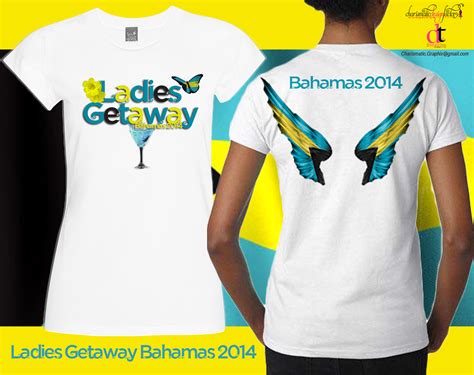
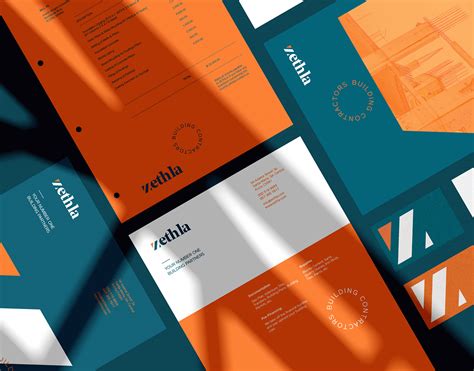
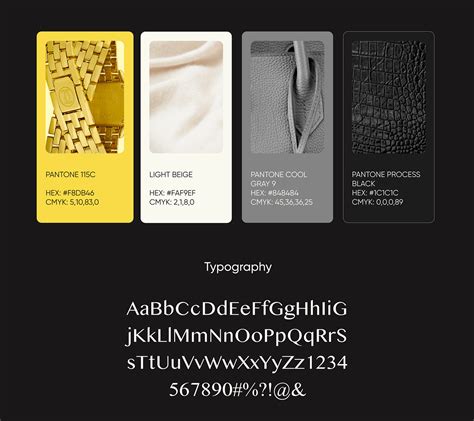
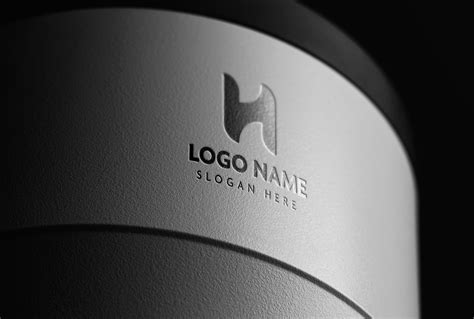
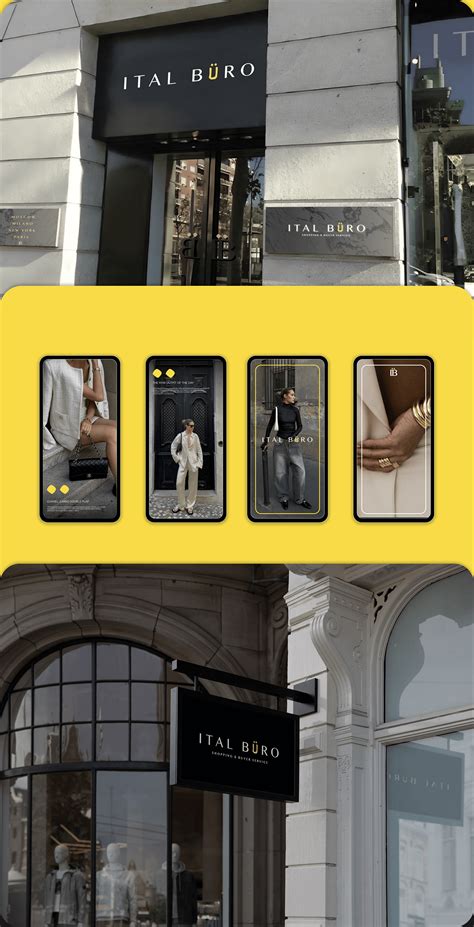

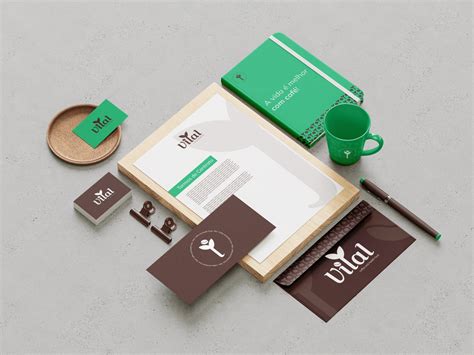
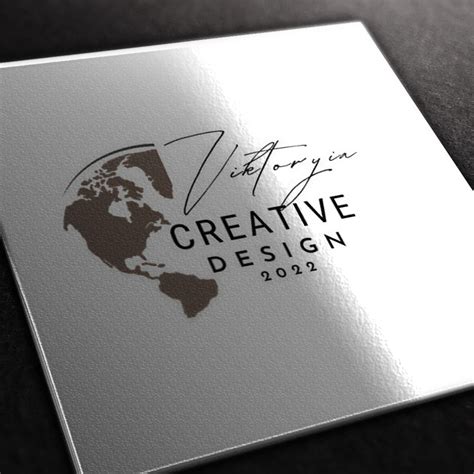
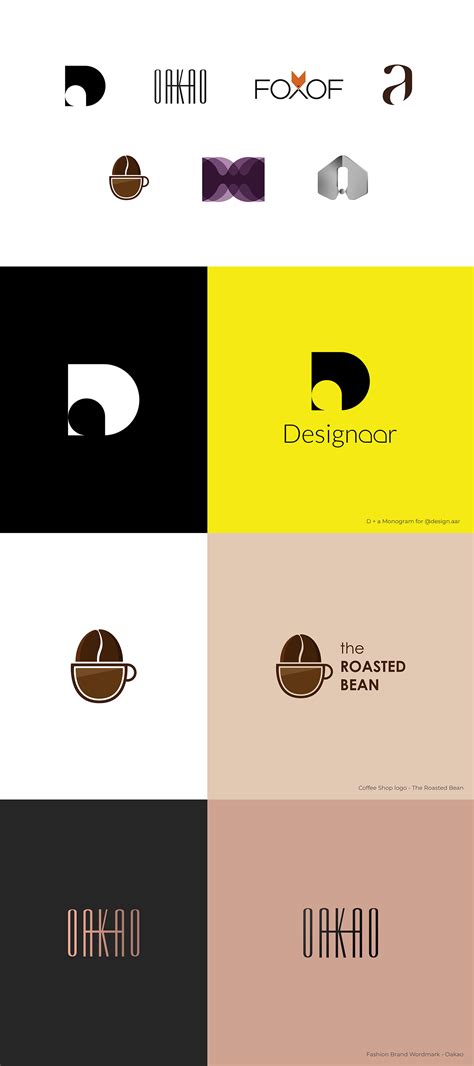
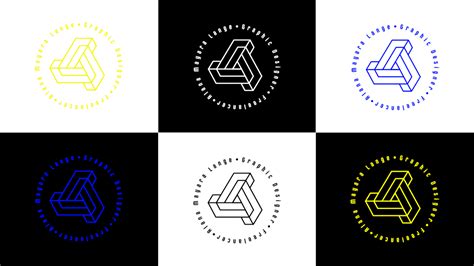
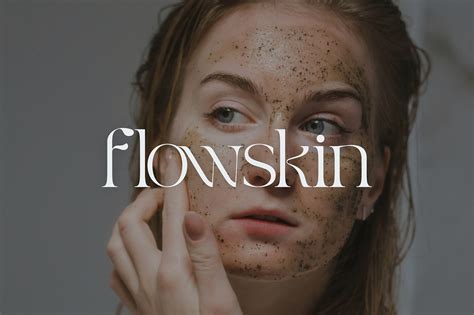

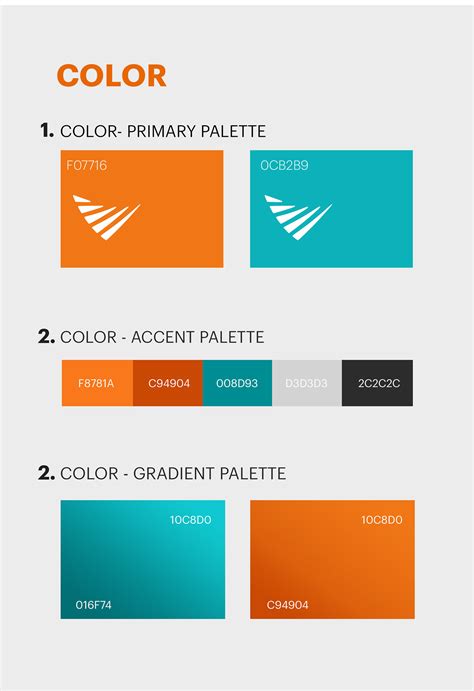
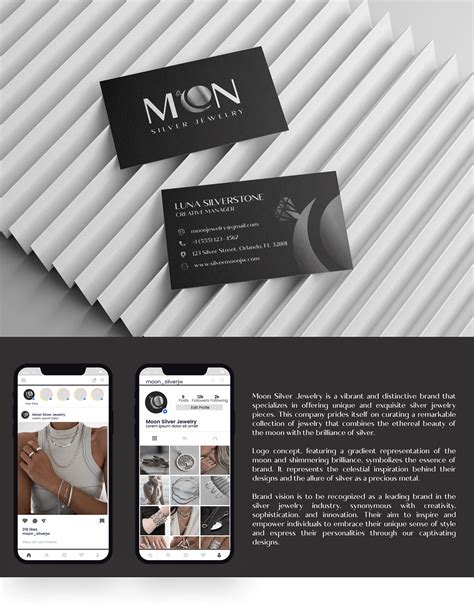
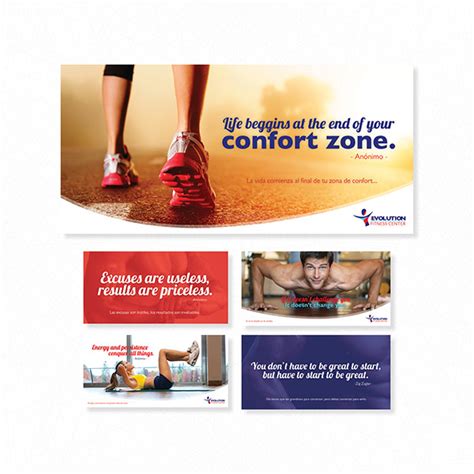
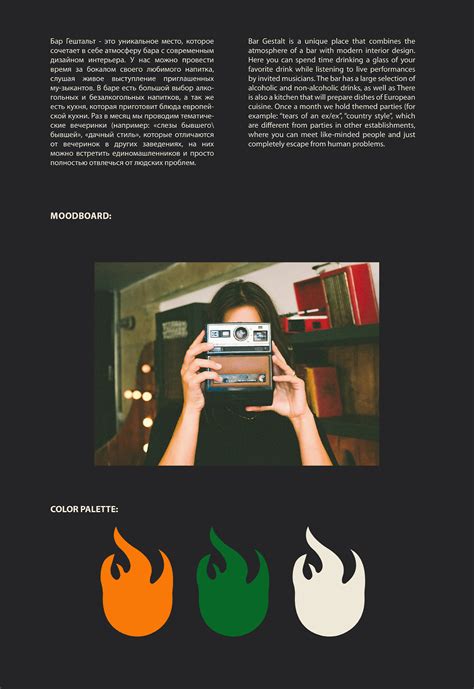


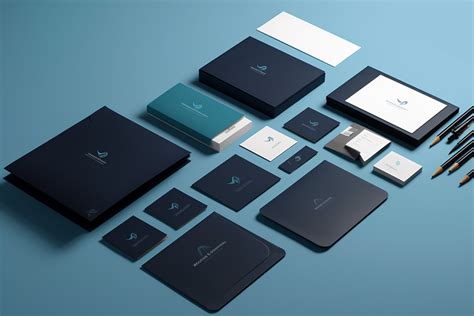
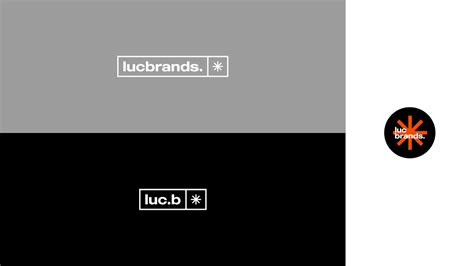
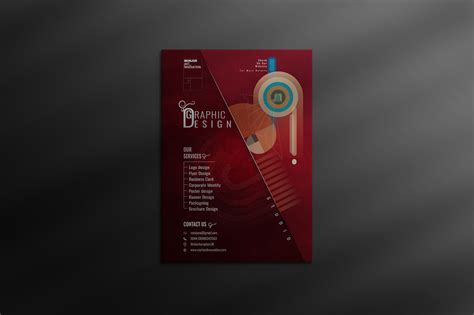
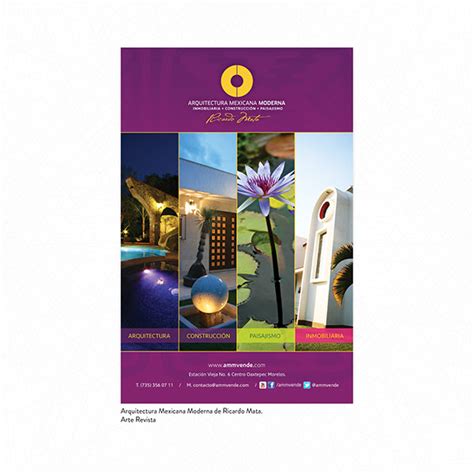
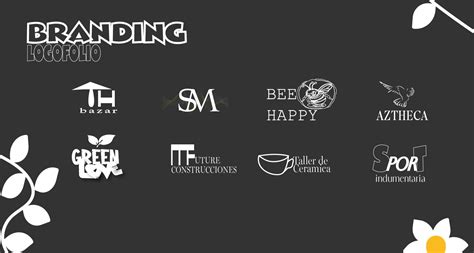
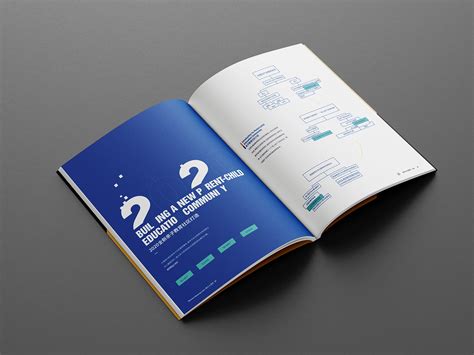
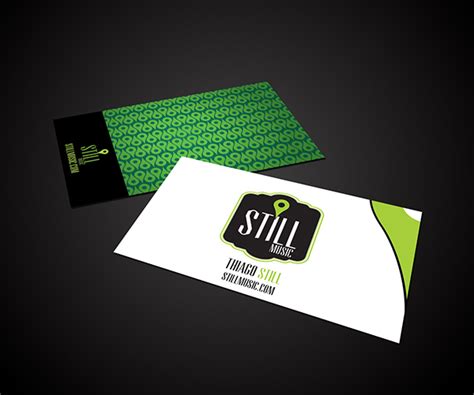
Leave a Reply
Your email address will not be published.